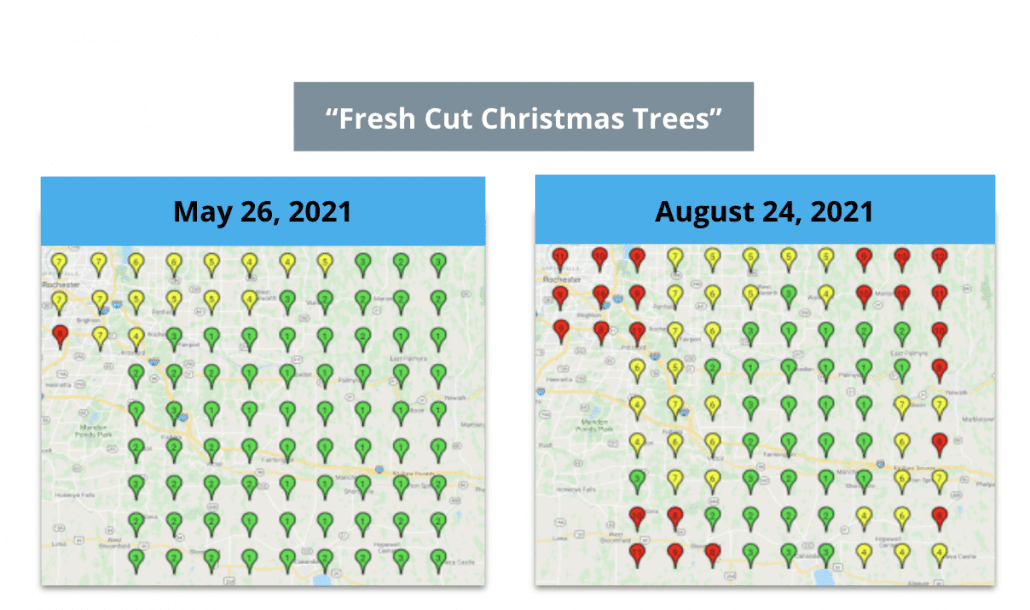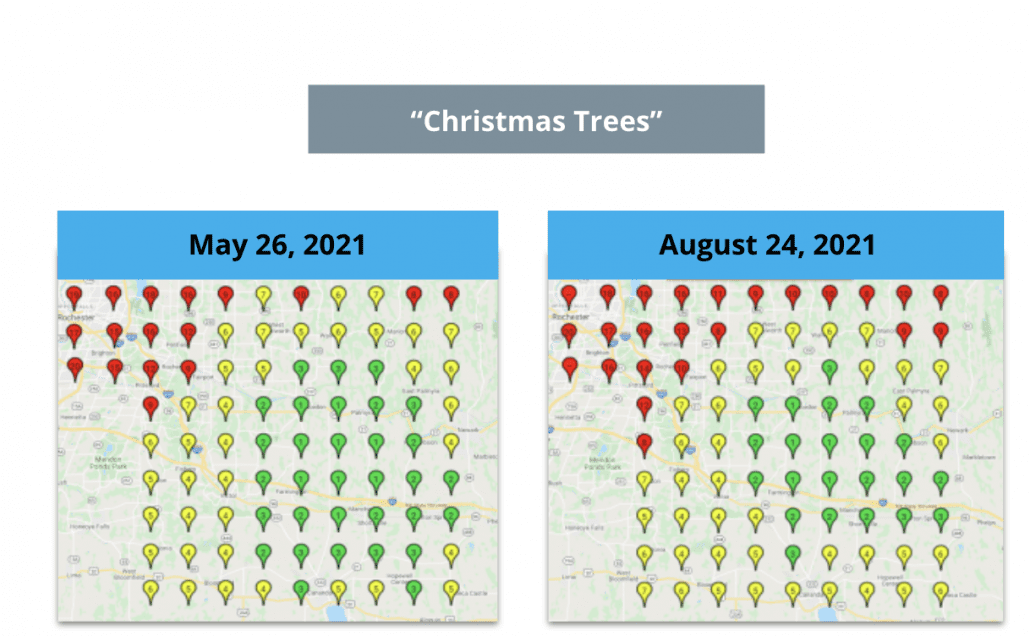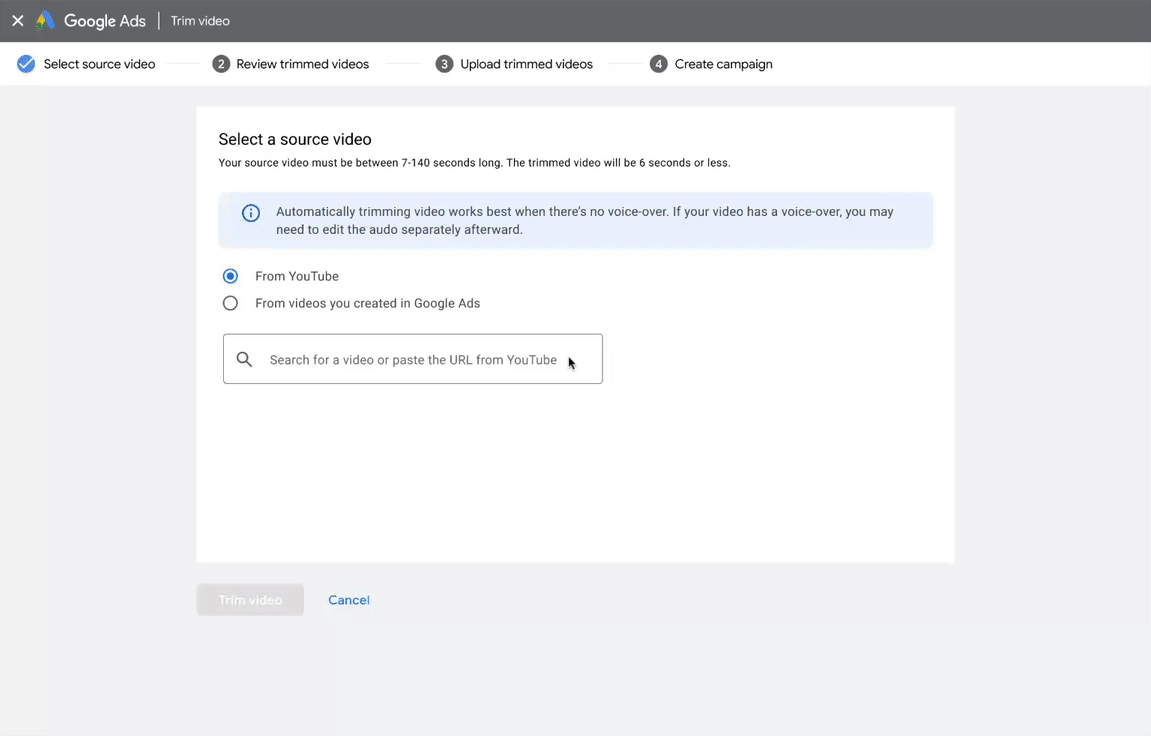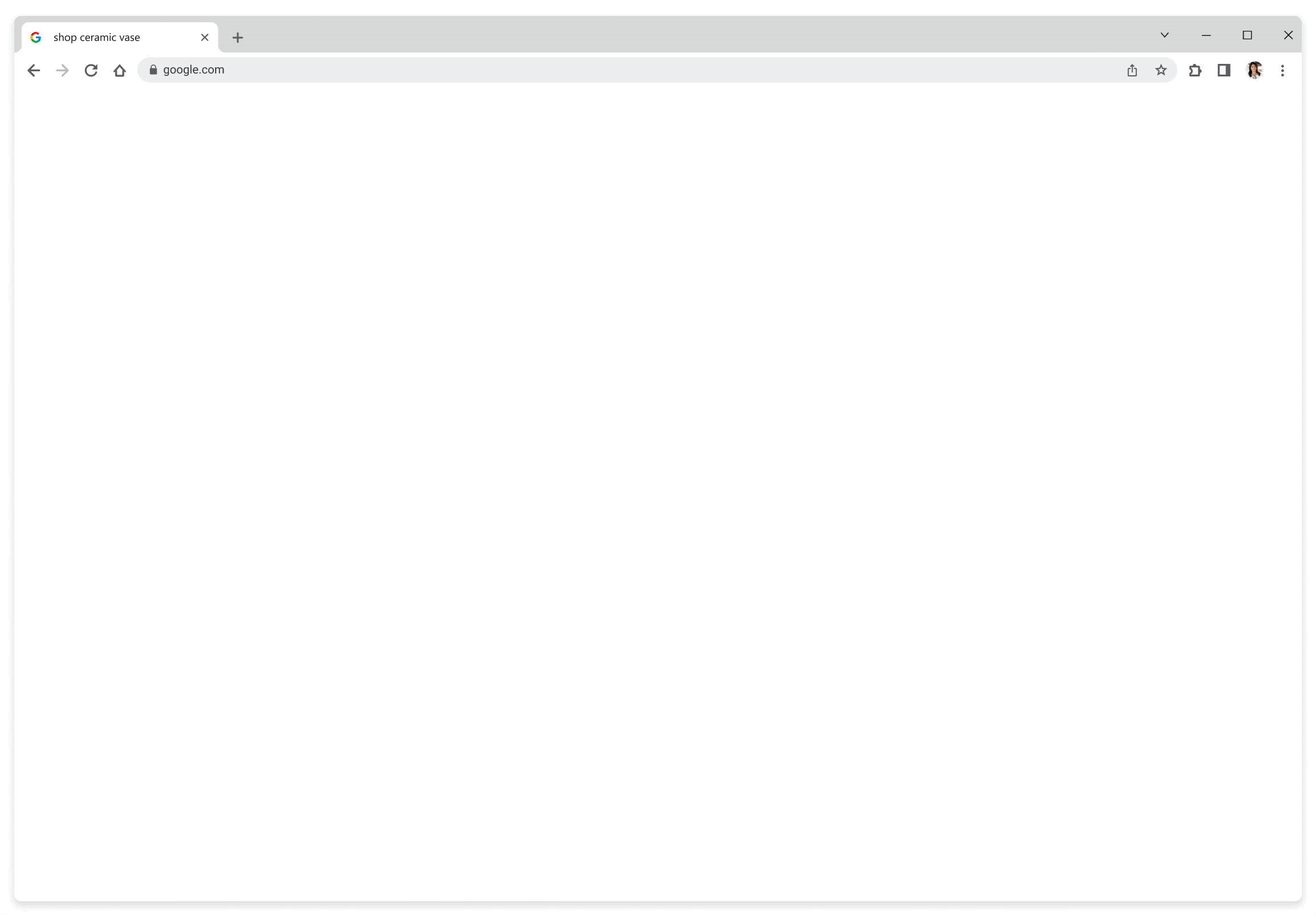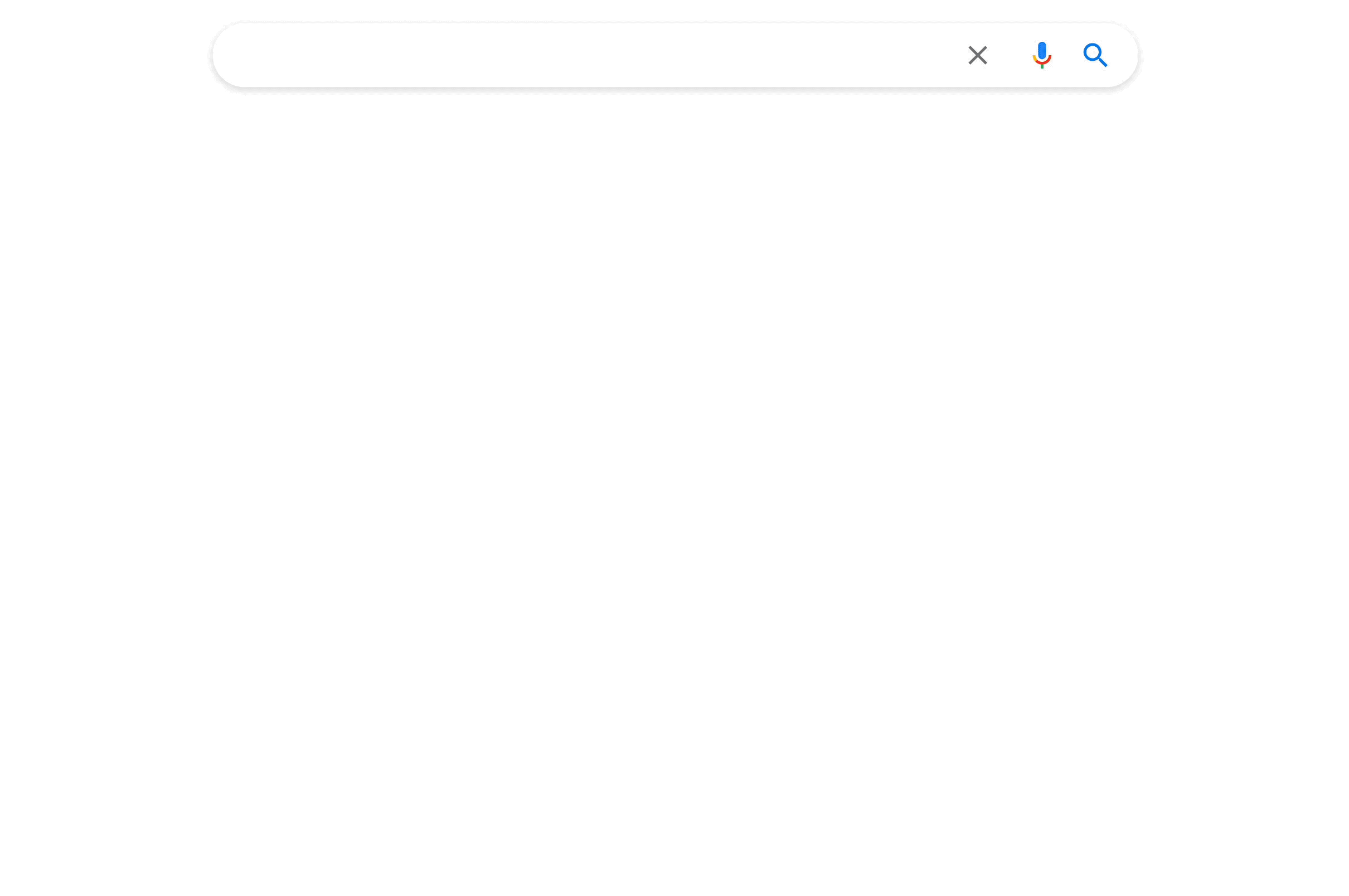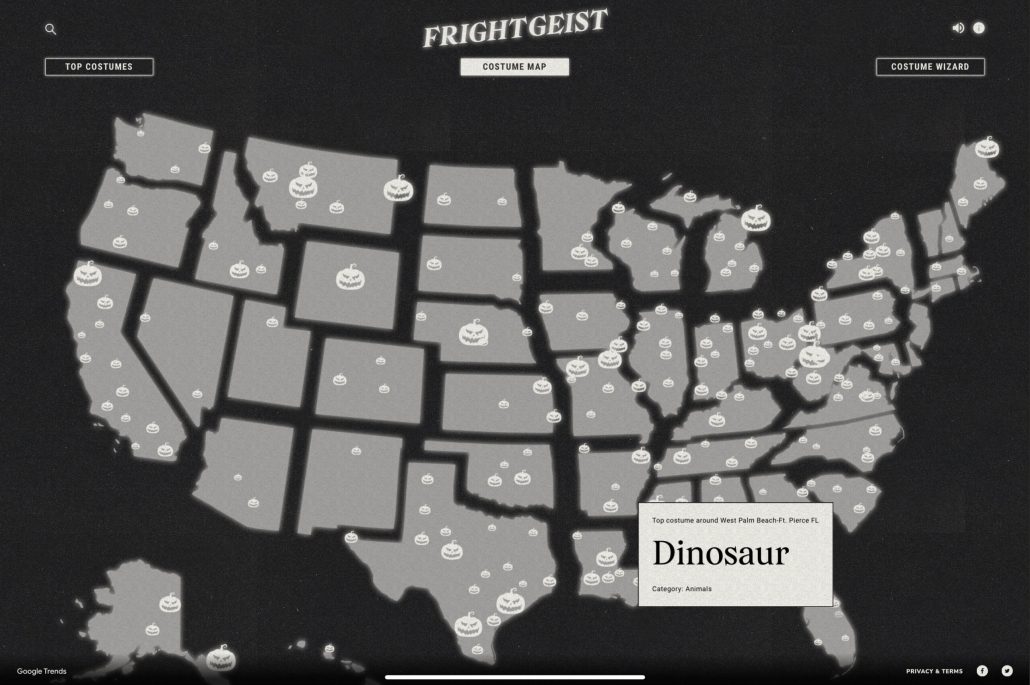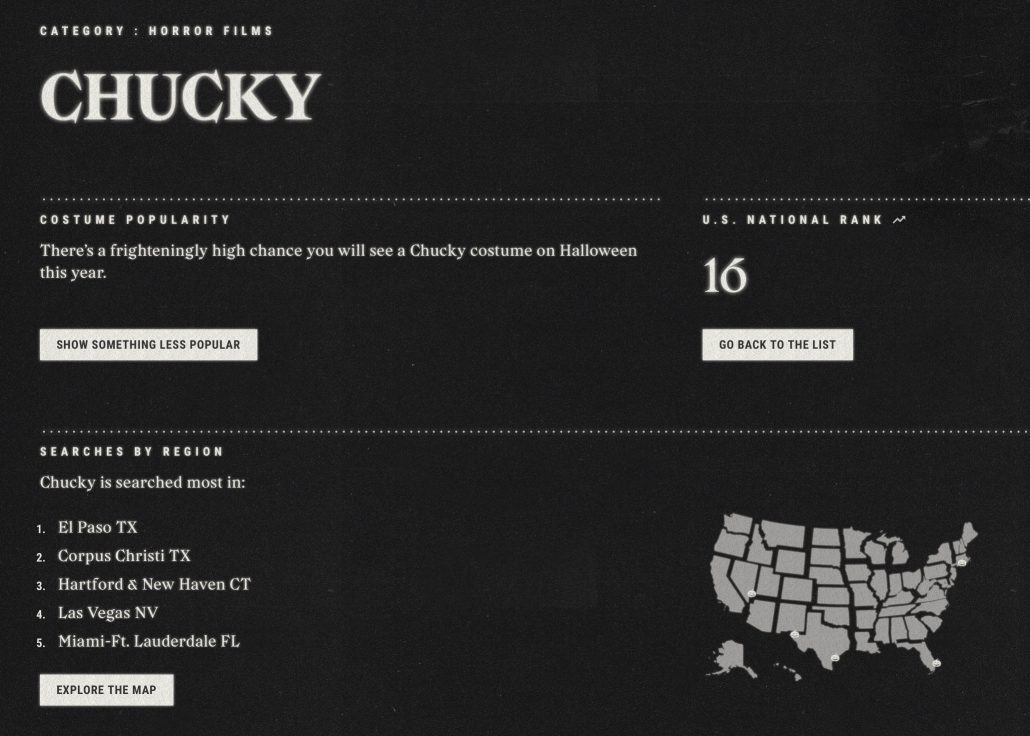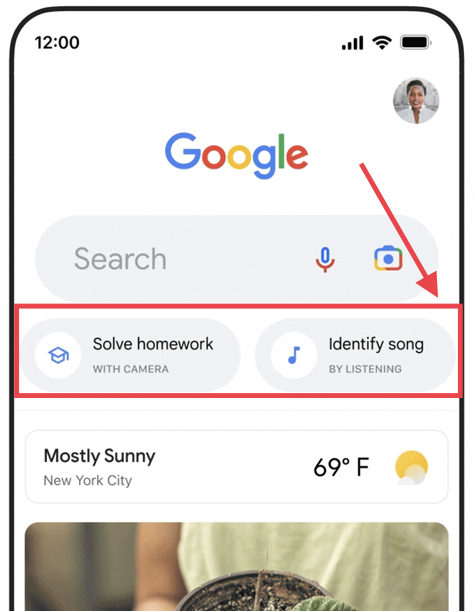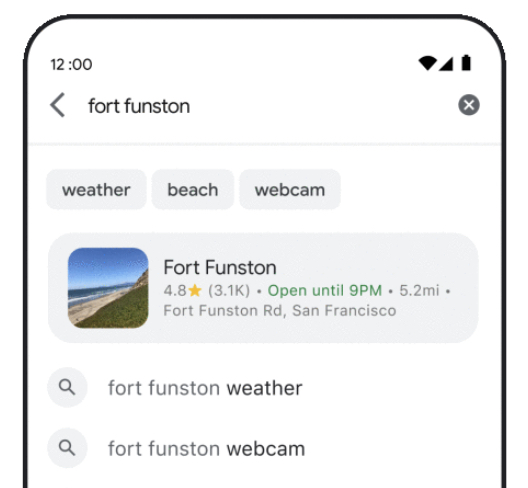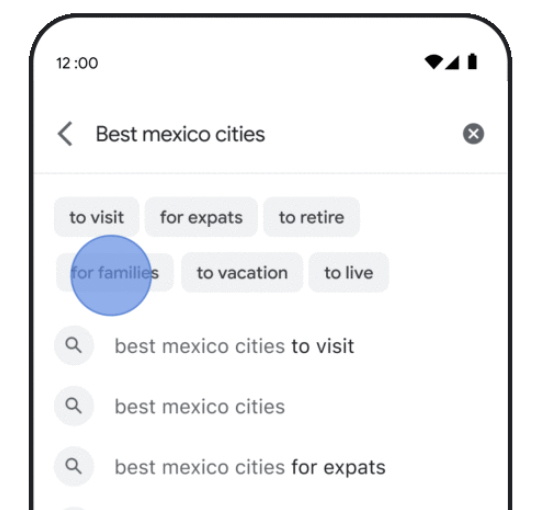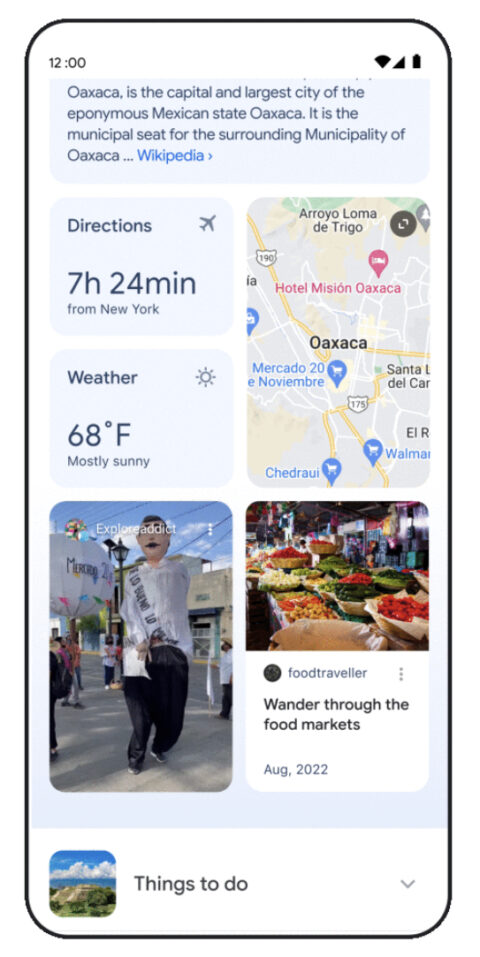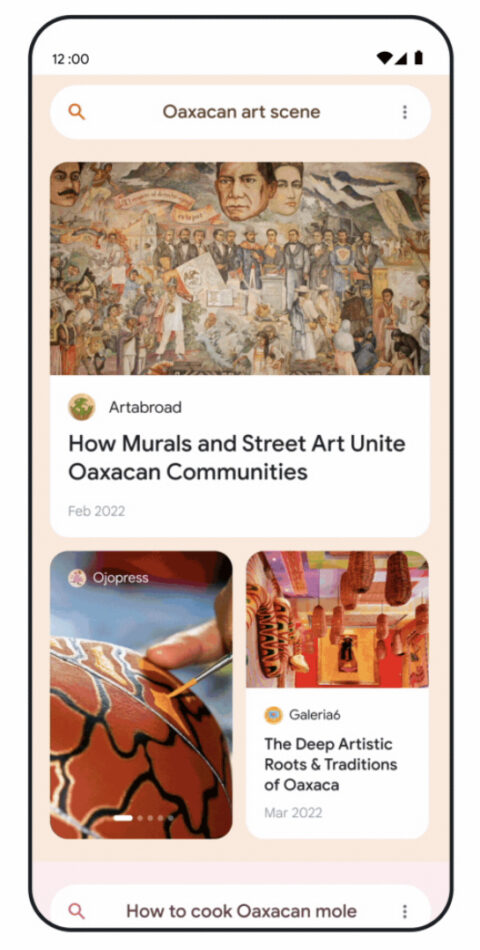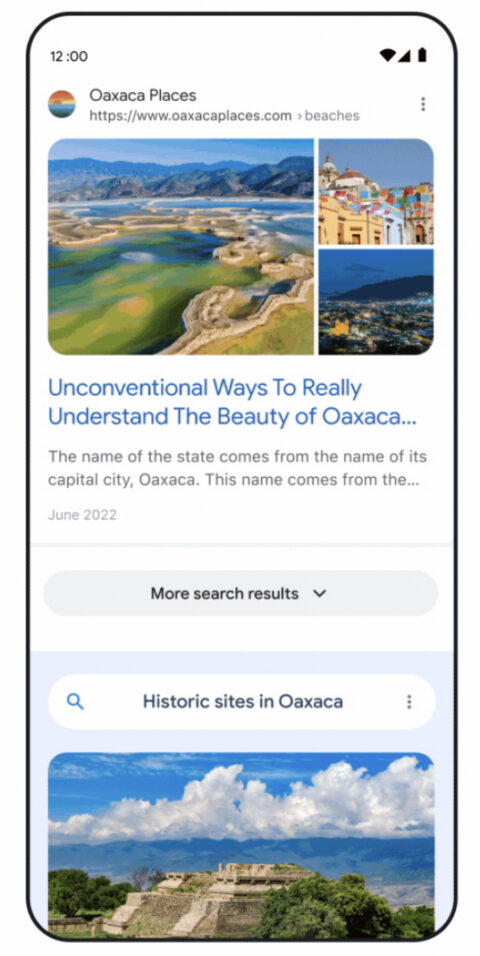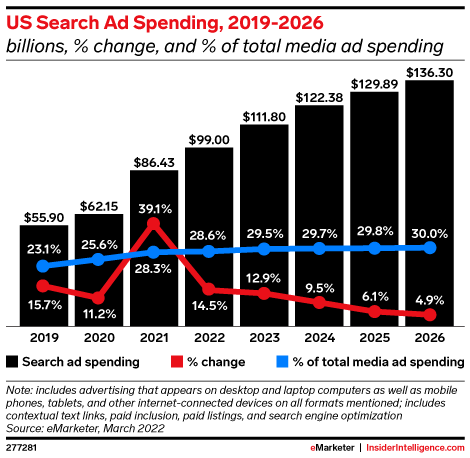As expected, Google’s Search On conference this week brought tons of new announcements and previews of new features coming to the search engine. Though most of these features are not publicly available yet, they show that Google is intent on revamping many aspects of its search engine to make searching easier and more engaging.
Below, we are going to talk about the 5 most exciting and essential changes that both users and companies hoping to improve their online visibility should be aware of.
Google Search Shortcuts
Over the past decade, Google has steadily expanded the ways users can search for information beyond just entering a text query.
You can upload an image to find other similar images, take a pic of an equation to get help solving it, or turn on the microphone to help identify a song playing – just for a few examples.
The problem is that Google has not always done the best job of promoting these new ways to search or making them easily accessible to users.
Now, that is all changing as Google is adding advanced shortcuts on the front page of the Google Search app.
You can see what this looks like in the screenshot below or, if you have an iOS device, you can see the feature for yourself by simply opening the Google app.
In-Search-Bar Results
Typically, users have to at least enter their query before they have the chance to click on a relevant result. Coming soon, however, that won’t always be the case.
Google announced that it will soon be delivering results to users even as they are still typing in the search bar.
You can see what this might look like in the example below, where Google delivered a link to a location page directly within the search bar:
For now, it appears Google will be limiting this feature to just one result in a search bar, though we will know more when it rolls out later this year.
Enhanced Query Refinements
Along with the results like described above, Google is also adding new ways to refine your search query for the most useful results.
As you are typing a query into the mobile search bar, the search engine will start populating the bar with options to make your search more specific.
For example, when searching for queries like “best Mexico cities”, Google will suggest refinements like “to visit”, “to retire”, or “for families”.
More Prominent Web Stories
Google is making web stories a bigger part of mobile search by giving them a more prominent place in mobile search results.
As the company said in an announcement:
“So we’re also making it easier to explore a subject by highlighting the most relevant and helpful information, including content from creators on the open web. For topics like cities, you may see visual stories and short videos from people who have visited, tips on how to explore the city, things to do, how to get there and other important aspects you might want to know about as you plan your travels.”
One Page For Text, Image, & Video Search Results
Instead of making users switch between web, images, or video result tabs when searching, Google is unifying them all into one endless search result feed on mobile.
“We’re also reimagining the way we display results to better reflect the ways people explore topics. You’ll see the most relevant content, from a variety of sources, no matter what format the information comes in — whether that’s text, images or video.”
When users would typically encounter the end of a search page, they will be given the option to either show more results or continue scrolling vertically to explore a more specific search – as seen below:
Though Google has not announced exact dates to expect these updates, the company says they will be rolling out to mobile search in the coming months.
